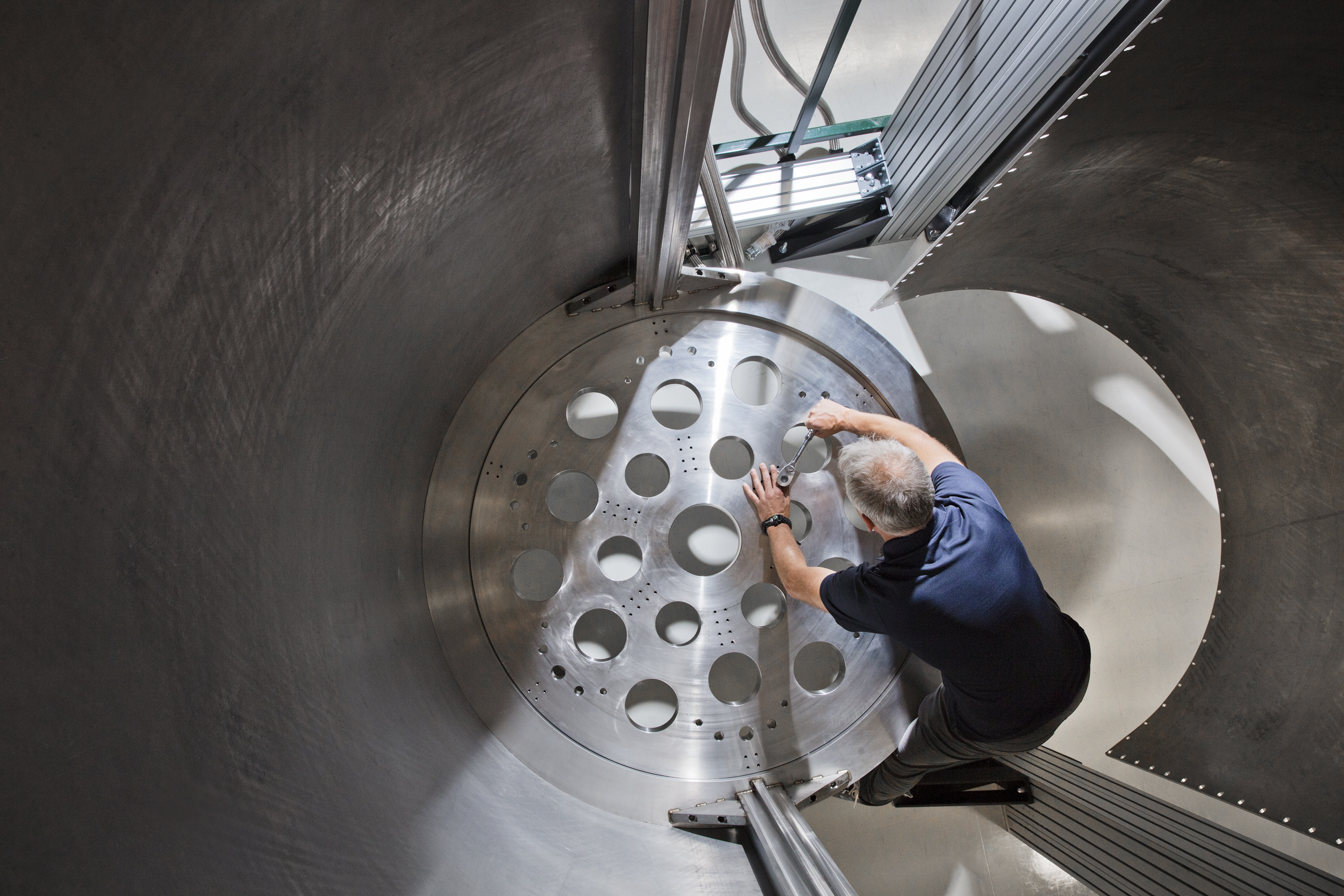Latest News
5 Things to Know About the IBM Roadmap to Scaling Quantum Technology
By Larry Greenemeier IBM has announced its roadmap to reaching 1,000-plus qubits by 2023. It’s an aggressively ambitious mission, which recognizes that merely incremental increases in qubit...
By Larry Greenemeier
IBM has announced its roadmap to reaching 1,000-plus qubits by 2023. It’s an aggressively ambitious mission, which recognizes that merely incremental increases in qubit counts and more sophisticated algorithms alone will not deliver Quantum Advantage—the point where certain information processing tasks can be performed more efficiently or cost effectively on a quantum computer, versus a classical one.
The roadmap, announced at the annual IBM Quantum Summit, aims to take the technology from today’s noisy, small-scale devices to the million-plus qubit devices of the future. (A qubit is the basic unit of quantum information, analogous to the bits of classical computing.) Such progress is essential if quantum computers are to help industry and research organizations tackle some of the world’s biggest challenges, across industry, government and research.
Here are 5 things to know about IBM’s Roadmap to Quantum Advantage:
1. IBM quantum scientists are building a quantum computer with a 1,121-qubit processor, called Condor, inside a large dilution "super-fridge." The Condor processor-based quantum computer will be online and capable of exploring Quantum Advantage by 2023. The 10-foot-tall and 6-foot-wide super-fridge, internally codenamed "Goldeneye," is a dilution refrigerator larger than any commercially available today.
2. Condor lays the groundwork for scaling to fully error-corrected, interconnected, 1-million-plus-qubit quantum computers. These multi-million-qubit super-fridges, connected via intranets, will make the exploration of classically intractable problems possible for any number of industries, including finance, chemistry and AI.
3. In 2021, IBM will debut the 127-qubit "Eagle" chip. Eagle features several upgrades to reduce qubit errors, including its unique layout, which will allow for scaling the number of qubits that work together as logical qubits - the "fault tolerant" qubits needed to reach Quantum Advantage. With the Eagle processor, we will also introduce concurrent real-time classical compute capabilities that will allow for execution of a broader family of quantum circuits and codes.

4. Eagle will be followed by the 433-qubit "Osprey" processor in 2022. Osprey continues to push the boundaries of fabrication techniques to build a smaller chip to ensure more logical qubits that don't sacrifice performance. Its more-efficient and denser controls and cryogenic infrastructure will ensure that scaling up future processors doesn’t sacrifice the performance of individual qubits, introduce further sources of noise, or take up too large a footprint.
5. These advances are necessary to establish a Quantum Industry. Over the next three years, IBM's multidisciplinary team of scientists will work alongside academia and industry to help solve the challenges of fabrication, cryogenics and electronics, as well as improve software capabilities, such as error-correction coding.
IBM’s quantum roadmap provides unprecedented insights into the future of quantum computing, including how the technology will develop over the short and longer terms. In making its roadmap public, IBM is committing itself to meet a series of aggressive benchmarks that will help the company maintain its leadership in quantum computing and place its clients on the path to groundbreaking achievements.